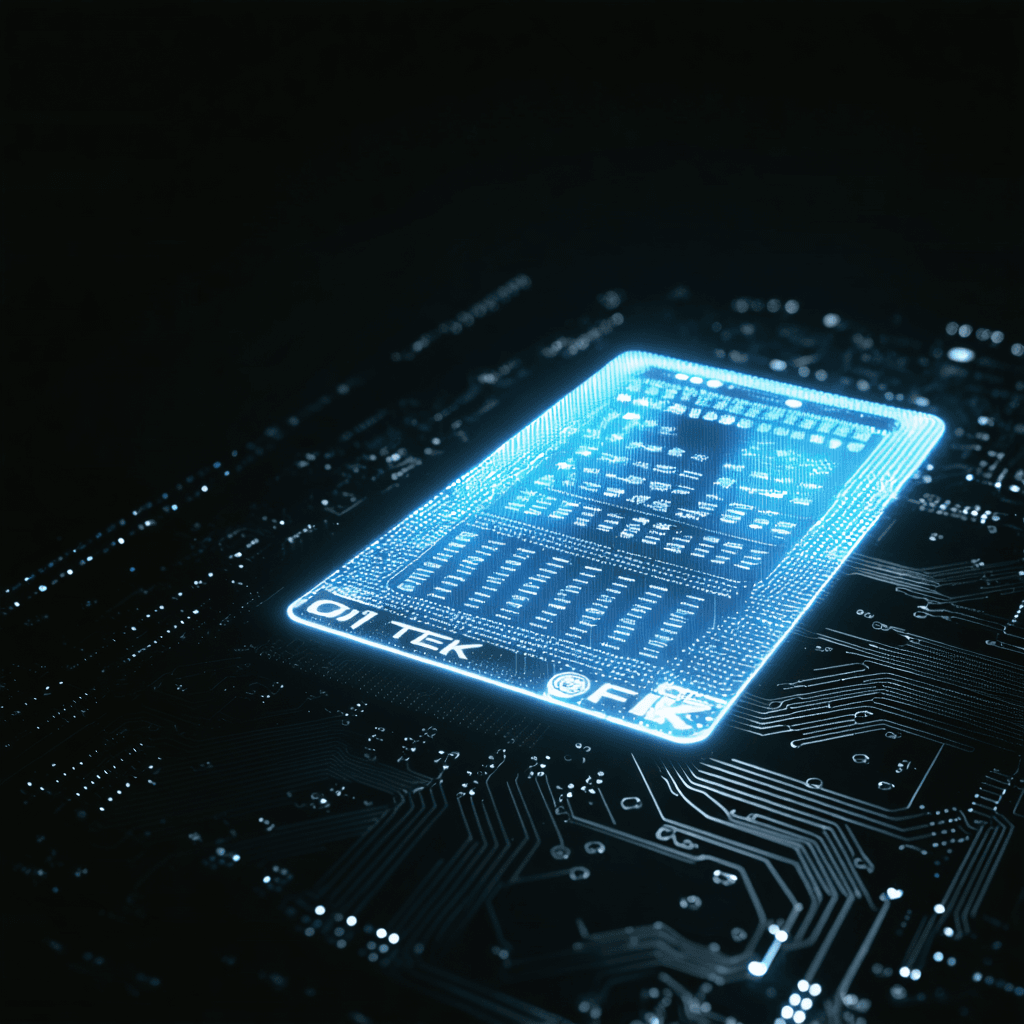From Punch Cards to Touch Screens: How Ancient Input Devices Are Revolutionizing Modern Tech Conference Innovations
In the ever-evolving landscape of technology, the journey from punch cards to modern touch screens represents one of the most fascinating chapters in computing history. This transformation hasn't just changed how we interact with machines – it's revolutionizing contemporary tech conferences and shaping the future of human-computer interaction.
The Humble Beginnings: Punch Cards Era
The story begins in the early days of computing when punch cards served as the primary method of input. These simple yet revolutionary cards, originally invented for textile looms, became the foundation of early computer programming. Each card contained patterns of holes representing data and instructions, allowing operators to feed information into massive mainframe computers.

The Evolution of Input Methods
From Physical to Digital
The transition from punch cards to keyboards marked the first significant leap in input device evolution. The introduction of keyboards, inspired by typewriters, brought about a more intuitive way to interact with computers. This development was quickly followed by the invention of the mouse in the 1960s, which revolutionized graphical user interfaces.
The Rise of Touch Technology
The advent of touchscreens in the late 20th century marked another watershed moment. What began as resistive touch technology in early PDAs has evolved into the sophisticated multi-touch displays we use today. Modern capacitive touchscreens offer unprecedented precision and responsiveness, enabling gestures that have become second nature to users worldwide.
Impact on Modern Tech Conferences
Interactive Demonstrations
Today's tech conferences leverage these historical innovations in surprising ways. Modern presentations often feature hybrid interfaces that combine touch screens with physical controls, creating immersive experiences that would have been impossible in the punch card era.
Bridging the Past and Future
Many contemporary tech conferences now showcase installations that demonstrate the evolution of input devices, using historical artifacts alongside cutting-edge technology to illustrate how far we've come. These exhibits often feature:
- Working punch card readers connected to modern displays
- Interactive timeline installations using touch interfaces
- Virtual reality simulations of historical computing environments
- Augmented reality demonstrations showing the evolution of human-computer interaction
Revolutionary Applications in Modern Settings
Education and Training
The integration of historical input methods with modern touch technology has created powerful new tools for technology education. Students can experience the evolution of computing firsthand, understanding the logical progression from punch cards to modern interfaces.
Professional Development
Tech conferences now utilize multi-touch walls and interactive displays for collaborative programming sessions, combining the precision of traditional input methods with the intuitive nature of touch interfaces.
The Future of Input Devices
Emerging Technologies
The legacy of punch cards continues to influence modern innovation. Today's developers are creating:
- Haptic feedback systems that provide physical sensations
- Gesture-based interfaces that operate without physical contact
- Brain-computer interfaces that may eliminate the need for physical input entirely
- Quantum computing interfaces that challenge traditional input paradigms
Accessibility and Inclusion
Modern input devices are being designed with accessibility in mind, ensuring that technology remains usable for people with diverse needs and abilities. This focus on inclusive design represents a significant evolution from the specialized knowledge required to operate punch card systems.
Impact on Software Development
The evolution of input devices has profoundly influenced software development methodologies. Modern developers must consider:
- Multi-touch gesture support
- Cross-platform compatibility
- Accessibility features
- Natural language processing
- Adaptive interfaces
Lessons for Modern Innovation
The journey from punch cards to touch screens teaches valuable lessons about technological evolution:
- Simple innovations can lead to revolutionary changes
- User experience should drive technological development
- Accessibility and intuitive design are crucial for adoption
- Physical and digital interfaces can coexist and complement each other
Looking Forward
As we continue to push the boundaries of human-computer interaction, the principles established during the punch card era remain relevant. The focus on precision, reliability, and systematic input continues to influence modern interface design, even as we embrace more natural and intuitive methods of interaction.
A Call to Action
Are you inspired by the evolution of computer input devices? Ready to be part of the next technological revolution? 01TEK offers comprehensive courses in human-computer interaction, interface design, and modern development methodologies. Join us in shaping the future of technology – visit our website to explore our cutting-edge courses and resources that will help you stay at the forefront of technological innovation.
Sources: 1. Quantum Zeitgeist 2. Medium - Evolution of Input Methods 3. Computer History Museum 4. ResearchGate - Punch Card Technology 5. Number Analytics
Everyone is a genius. But if you judge a fish by its ability to climb a tree, it will spend its whole life believing it is stupid.
Albert Einstein, Theoretical Physicist



